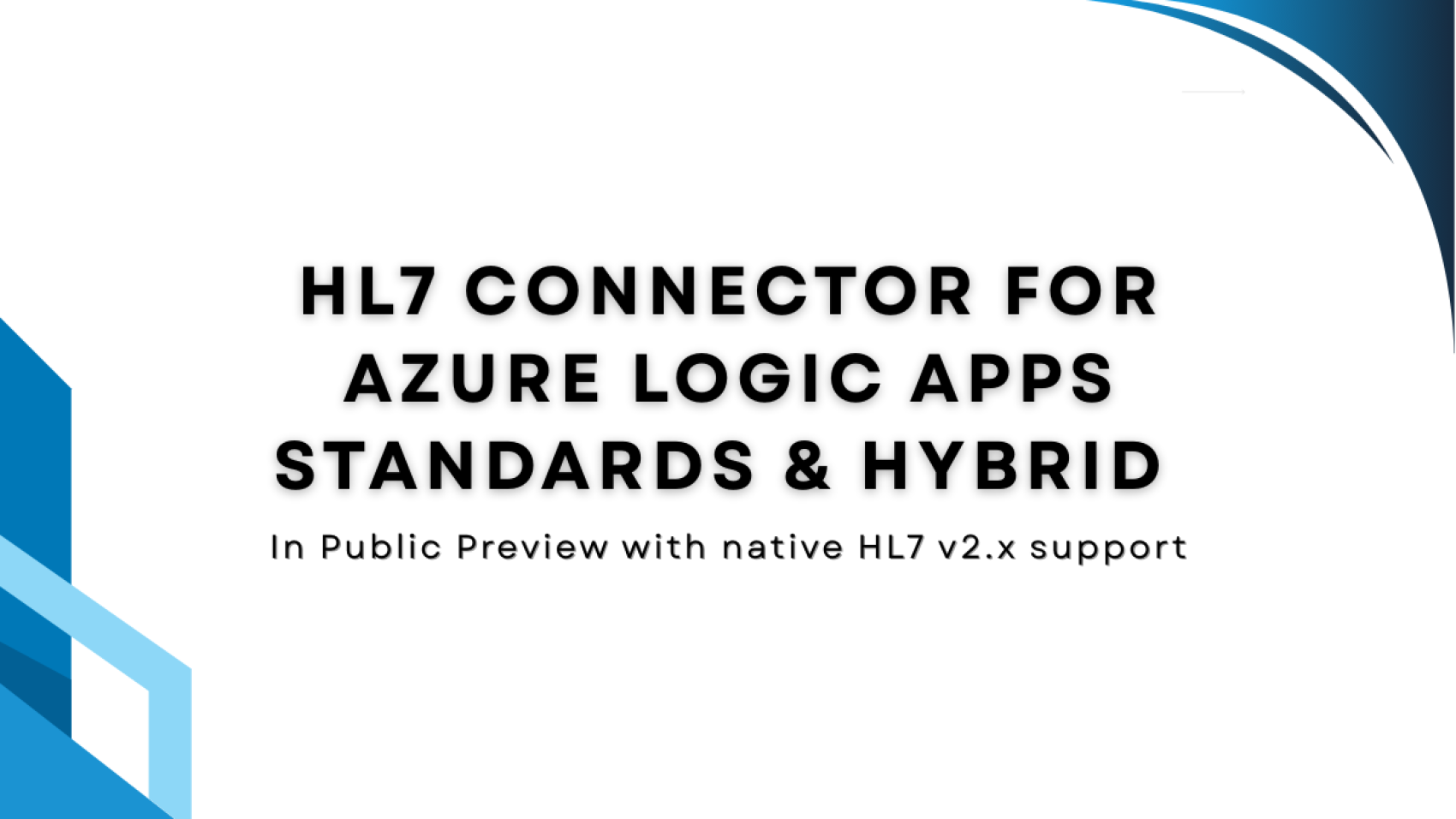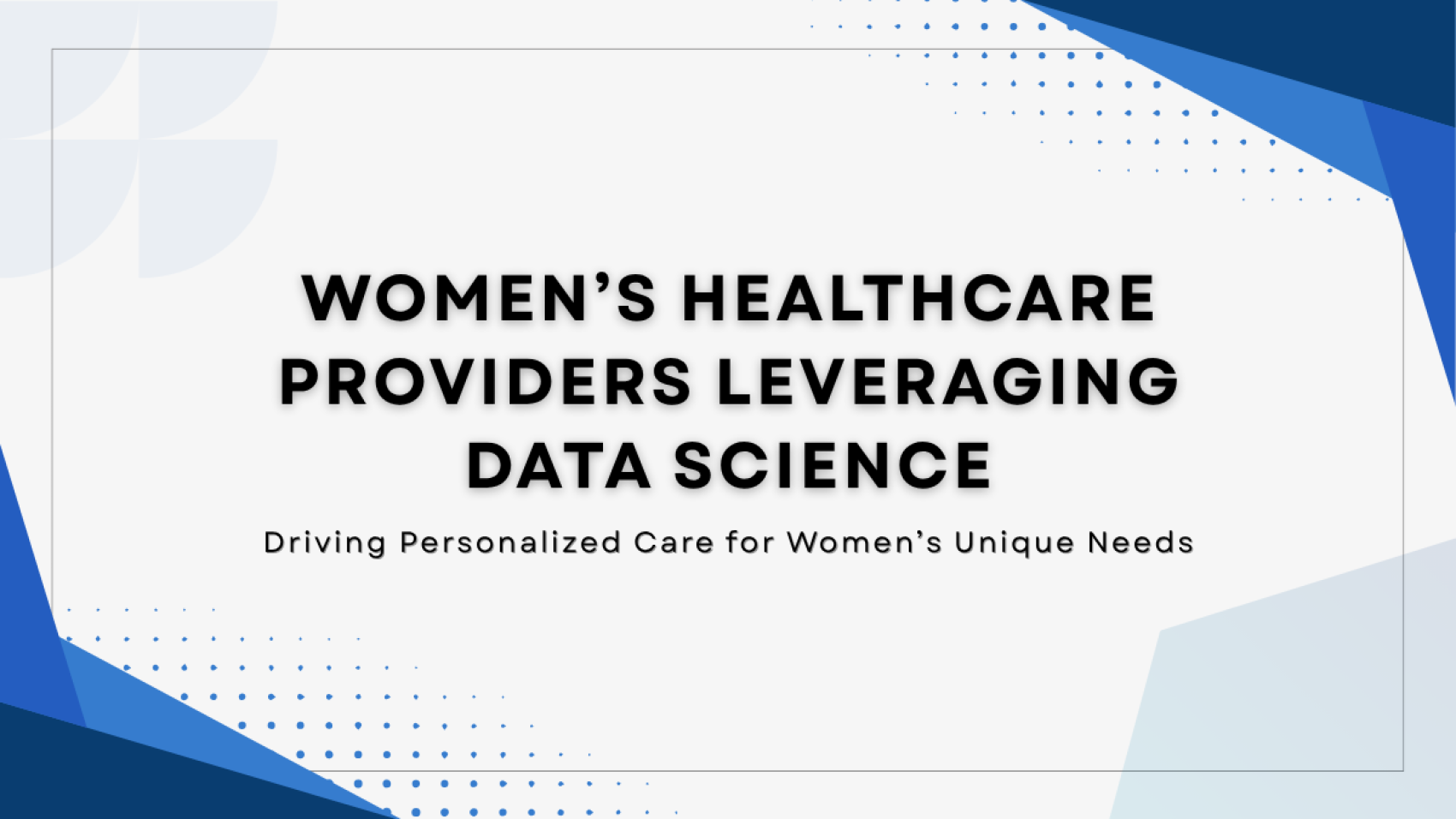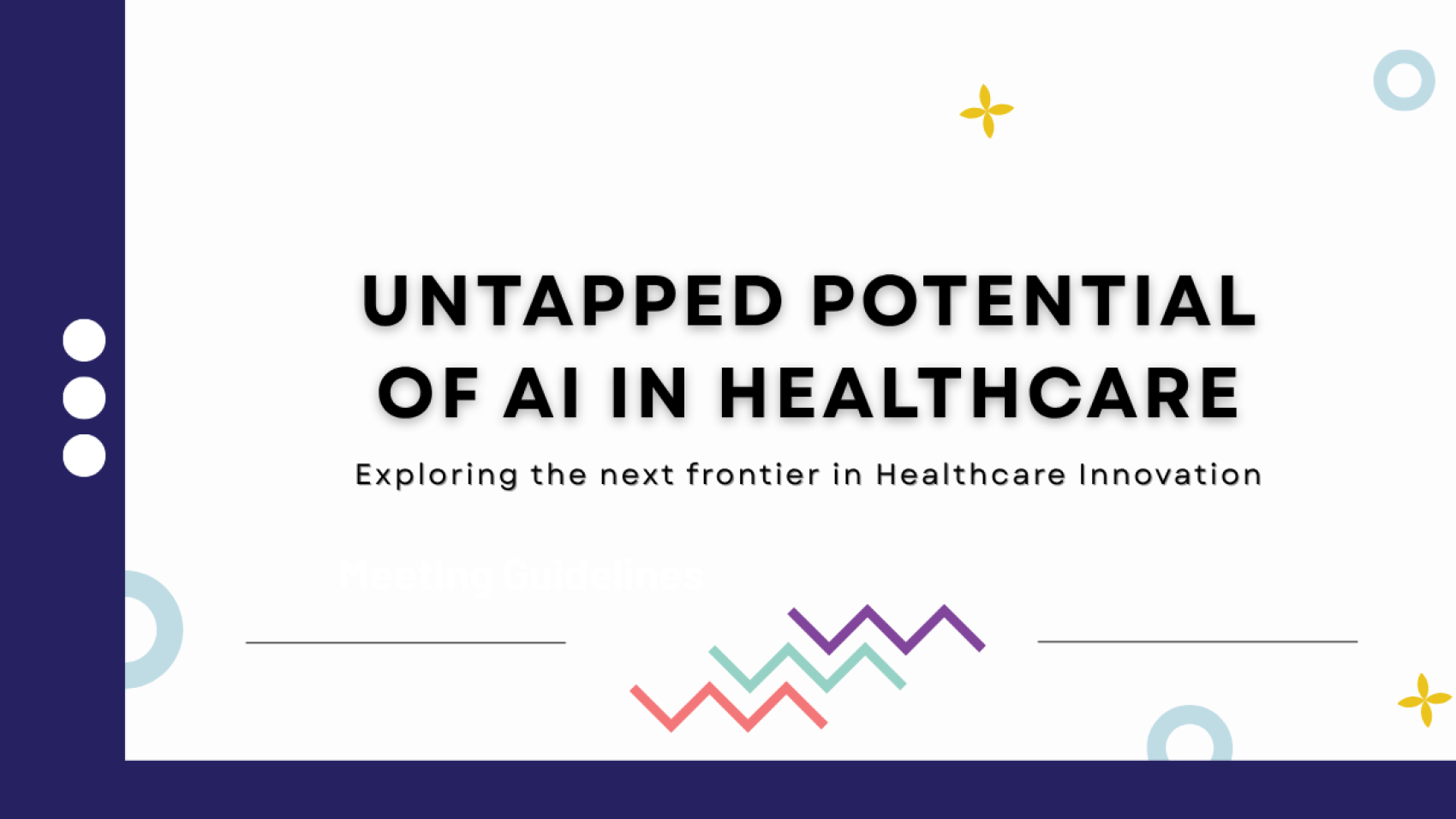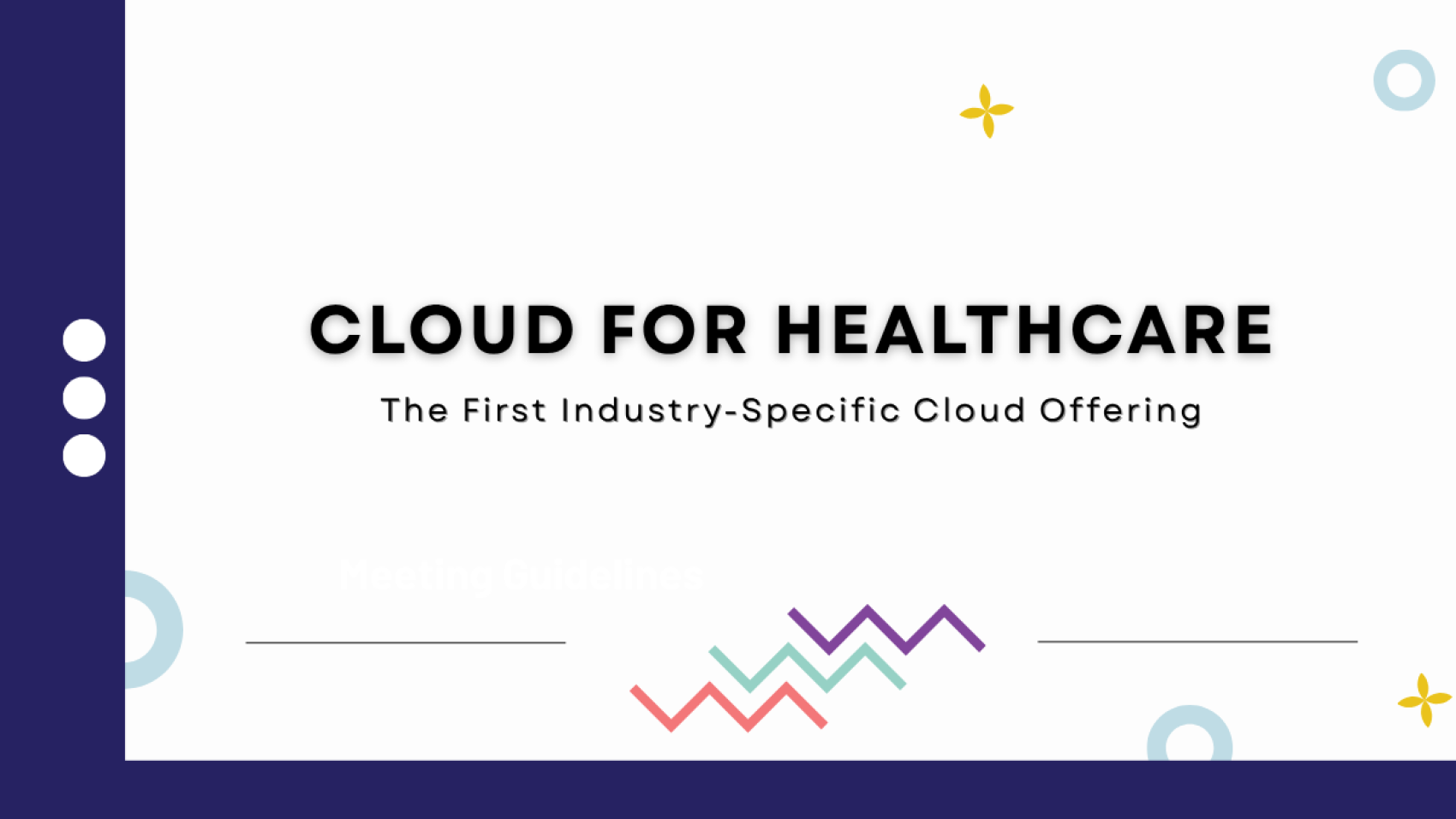Good news if you are working with healthcare integrations. Microsoft has rolled out the HL7 Connector for Azure Logic Apps in Public Preview. This comes alongside the wave of updates that followed Microsoft Ignite 2025. If your organization works with EHRs, labs, pharmacies, or any system that moves clinical data via HL7, this connector is about to save you months of custom coding! Let’s break this down!
HL7 and Logic Apps, in a nutshell
Health Level Seven (HL7) is the long-standing standard that lets hospitals, labs, and clinics securely exchange of patient information like admissions, discharges, lab orders, test results, etc., HL7 v2.x is the popular standard across the vast majority of hospitals and partner networks in the United States, and it’s deeply woven into the daily operations of healthcare operations.
Azure Logic Apps, on the other hand, is Microsoft’s workflow engine for building automations and integrations across cloud, on-premises environments and third-party services, without forcing teams to maintain lines of custom code. You get your data where it needs to go using actions and connectors.
And now, the world of HL7 and Azure Logic Apps finally meet!
Capabilities of the Azure Logic Apps HL7 Connector
With the new HL7 connector for Azure Logic Apps, healthcare teams finally get a native way to process HL7 v2.x messages inside Logic Apps instead of depending on external interface engines. It works in Azure Logic Apps Standard (cloud) and Hybrid (on-premises via integration accounts). It lets you take an HL7 message flowing in from a system and actually work with it inside a Logic App without the need for custom processing or external tools. Here’s what the connector delivers:
HL7 Decode action – Receives a raw HL7 flat-file message, decodes it in a flat file format to produce a clean XML (body + separate header content) that Logic Apps can actually work with.

HL7 Encode action – Turns the XML (body + header) into a proper, fully compliant HL7 flat-file message for downstream systems.

Image(s) Source: Microsoft Documentation
These two actions remove a large amount of parsing and transforming code that teams have maintained for years. Additionally, you can also upload your HL7 schemas into an integration account, so the connector knows exactly how to validate and interpret the messages.
Points to keep in mind
Since this release is in public preview, there’s few things you must be aware of –
Logic Apps supports upload of existing BizTalk HL7 v2.x schemas directly into Azure integration accounts.
Batch HL7 message processing isn’t available yet but is planned for future updates.
Minimal Lower Layer Protocol (MLLP) support is available in private preview, and available only when running Logic Apps in Hybrid deployment.
What This Means for Healthcare Teams?
This isn’t just another connector. It’s a genuine shift in how healthcare teams handle HL7 integrations. Here’s the kind of impact you can expect:
Weeks or months of building custom HL7 parsing code -> simple drag-and-drop action (Decode/Encode)
Faster onboarding of new systems; build and test the entire flow in just hours
Hybrid integration becomes far easier, especially when on-prem systems (like EHRs) need to exchange messages with Azure services using your own schemas
Lower operational overhead. Standard edition is fully serverless, Hybrid edition runs behind existing gateways, while Azure handles the scaling, logging, and monitoring.
The bottom line: integration projects that used to be a 6–12-month effort can now become as simple as 2-6 weeks. For teams focusing on interoperability, security or reducing their interface overhead, this public preview of the HL7 connector opens the door for gradual modernization. While it won’t replace a full-blown interface engine, it will give healthcare organizations a better way forward.
Wrapping Up
The HL7 connector for Logic Apps brings a meaningful shift for anyone handling clinical data. It brings HL7 into a platform that is easier to manage, scale, and flexible than the older interface engines that healthcare teams depend on. If you’re exploring ways to modernize parts of your integration stack, or already working on Azure Logic Apps, this is a great opportunity to test-drive the connector and see how it can simplify your day-to-day workflows.
Ready to move your HL7 pipelines to the cloud – or build your first workflow with the new connector? We’re here to help. Explore our Azure Integration Services!
